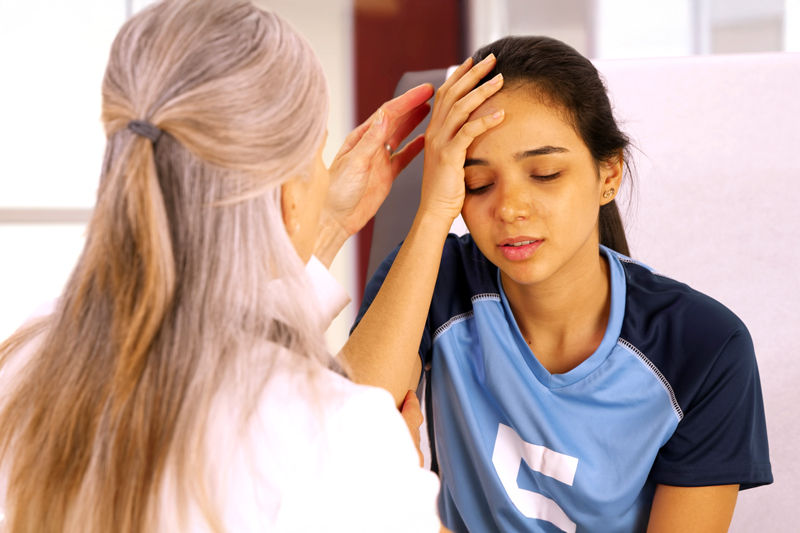Help for kids’ sports injuries with RICER.
- jude72
- Apr 26, 2021
- 2 min read
Sport is great for kids. Keeps them healthy and active particularly through the colder months.
But with sport, can come soft tissue injuries. All that running, jumping, twisting, etc can lead to sprains, strains and even tears of muscles, ligaments and other soft tissue in the body. (Soft tissue basically means anything that’s not solid, like a bone.)
When sprains and strains occur, it’s time to think RICER. What’s that? RICER stands for Rest, Ice, Compression, Elevation and Referral. But why do we need to do all this?
When you have a sprain or strain, your body immediately sends extra blood to the area to begin the natural healing process. But that leads to swelling, pain and sometimes internal bleeding.
So, to help your child’s body heal, you must follow these 5 steps.
1. Rest. It’s sometimes hard to get a child to stop playing sport when they are injured. Many want to “play on”. But stopping and resting the area where the injury occurred is vital. Using crutches for leg injuries and slings for arm and shoulder injuries to take the weight off these areas, is the best first step.
2. Ice. The next step to reduce swelling and pain is to apply ice or a cold pack for about 20 minutes, around 3-5 times a day. (Ice cubes in a towel or a pack of frozen veggies are ideal substitutes if you don’t have an ice pack. NEVER APPLY ICE DIRECTLY TO THE SKIN.) Take 1.5 hour breaks between ice applications. Keep this up for 3 days to reduce pain and swelling.
3. Compression. As soon as you can, wrap a bandage firmly around the injured area. Make sure it’s not so tight that it restricts blood flow to the area. Extend the bandage above and below the injury site to provide good overall compression to help contain the swelling.
4. Elevation. If your child has injured their lower leg or foot, like spraining their ankle, elevate their leg so it is above the hip. They can use a chair and pillow to rest their leg when sitting or use a pillow when they are lying in bed. If it’s their arm that’s injured, using a sling does a similar job.

5. Referral. This last step is often forgotten. Depending on the severity of the injury, seeking medical advice is often a good idea. A scan and the professional opinion of a doctor can combine to prepare the ideal injury management plan for your child’s case and help to speed their recovery and rehabilitation.
Another tip to remember is to avoid any HARM for 72 hours after the injury. This stands for Heat, Alcohol, Running and Massage. Now while you wouldn’t give your child alcohol, you may be tempted to keep them “warm” and give them a little massage around the injured area. This is not advised as it contradicts the RICER instructions above. It can be frustrating for some children not be allowed to run around while injured, but doing your best to discourage this until the pain has passed and the injury is healed is a wise move.
Once they are fully recovered, encourage them to get out and about, and be active again.








Comments